#history of the guitar
Text
History Of The Guitar
By Shawn Leonhardt for Guitar Tricks and 30 Day Singer
The guitar was one of the most popular instruments of the 20th century and while its genre dominance waned there are still so many people who love it. It can be found across the world and in most musical styles as lead, rhythm, accompaniment, and a solo instrument. Any aspiring musician has thought about using a guitar at least once on their…
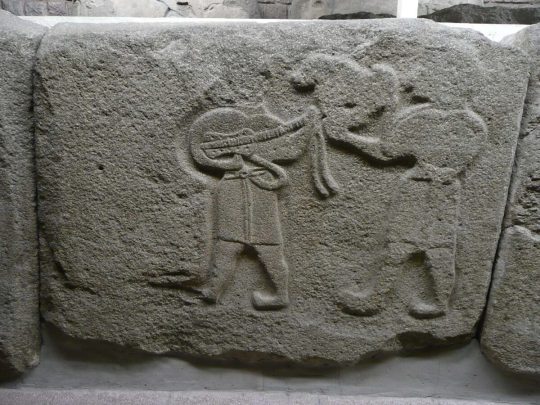
View On WordPress
0 notes
Text

Melody, 1904
Henry Meynell Rheam
#Henry Meynell Rheam#english art#british art#art#painting#art history#portrait#musician#guitar#1900s
153 notes
·
View notes
Text
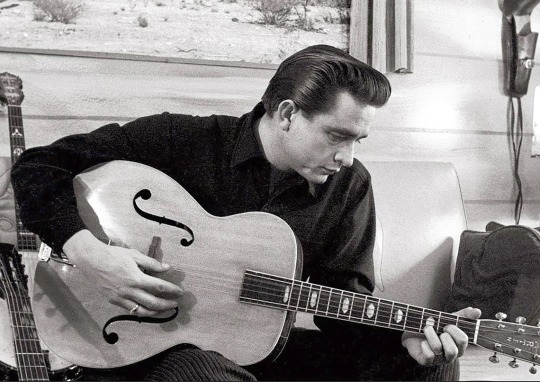
Johnny Cash w/ Martin F-9 Archtop Guitar | c.1950's/1960's
161 notes
·
View notes
Text
Jimi Hendrix, “Hey Joe” Live at the Monterey Pop Festival, 1967
215 notes
·
View notes
Note
can i quickly ask for some background history on the session guitar.. im new here omg :$$
of course! i think i have a masterpost about her buried somewhere in my drafts but for now: she was ray's first ever guitar. she's actually a gession brand, a cheap knock-off les paul replica which haven't been made since the 80s on account of the factory they were mass-produced in burning down. ray got her for christmas from his older brother in his sophomore year. im assuming ray misread the logo as session all the way back then, because he's never called her anything else, even though she was listed as a gession in this official guitar magazine in like 2011 lol. as you can see three of her tone/volume knobs, her rhthym/treble swtich, and one of her pickups are all straight-up missing lol. i love her to death.

this is gerard (?) talking about her on the mcr website's faq page in 2002. he refused to play anything else 🥹 you can see her in the in the studio 2002 video also.

you can see her in the in the studio 2002 video, and at all of their early shows. here she is in october 2002:
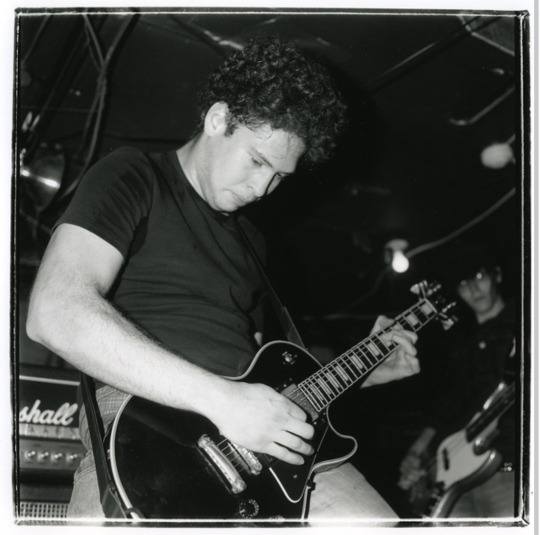
somewhere between that photo and this one, in january 2004, a few things happened and im not sure exactly when/in what order.
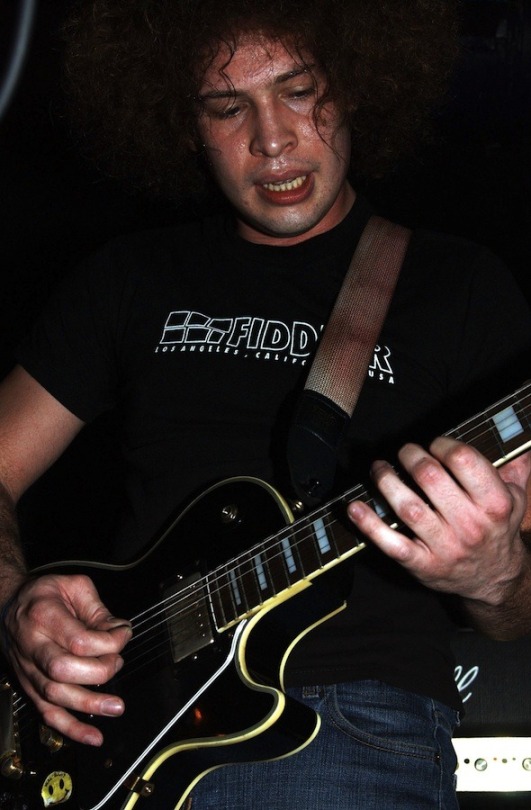
so first of all, now she has a yellow smiley face sticker on her :) it says walmart. sjdkgjgj <3333. but ALSO, sometime before october 2003, he dropped her off stage and she broke, like, almost in half :(. frank had gone through like 3-5 guitars at this stage lmaoo. anyway, ray started borrowing a gibson sg of mikey's and was like "oh this is actually much lighter lol" and from then on started branching out and playing other guitars lol, but he's still consistently preferred lp types his whole career!
anyway, she ended up getting fixed (iirc by matt cortez?? but i can't remember where i read that so i could be wrong). and she was back in business to record and tour revenge. here gerard is holding her in the studio <3, and again on the road in 04:


after that, she kind of dropped off the touring rotation for a while. she does feature on the studio version of the black parade though, and he started playing her regularly again after the black parade world tour when they were writing conventional weapons. here she is in late 2008 covered in blood when they were recording the desolation row cover:
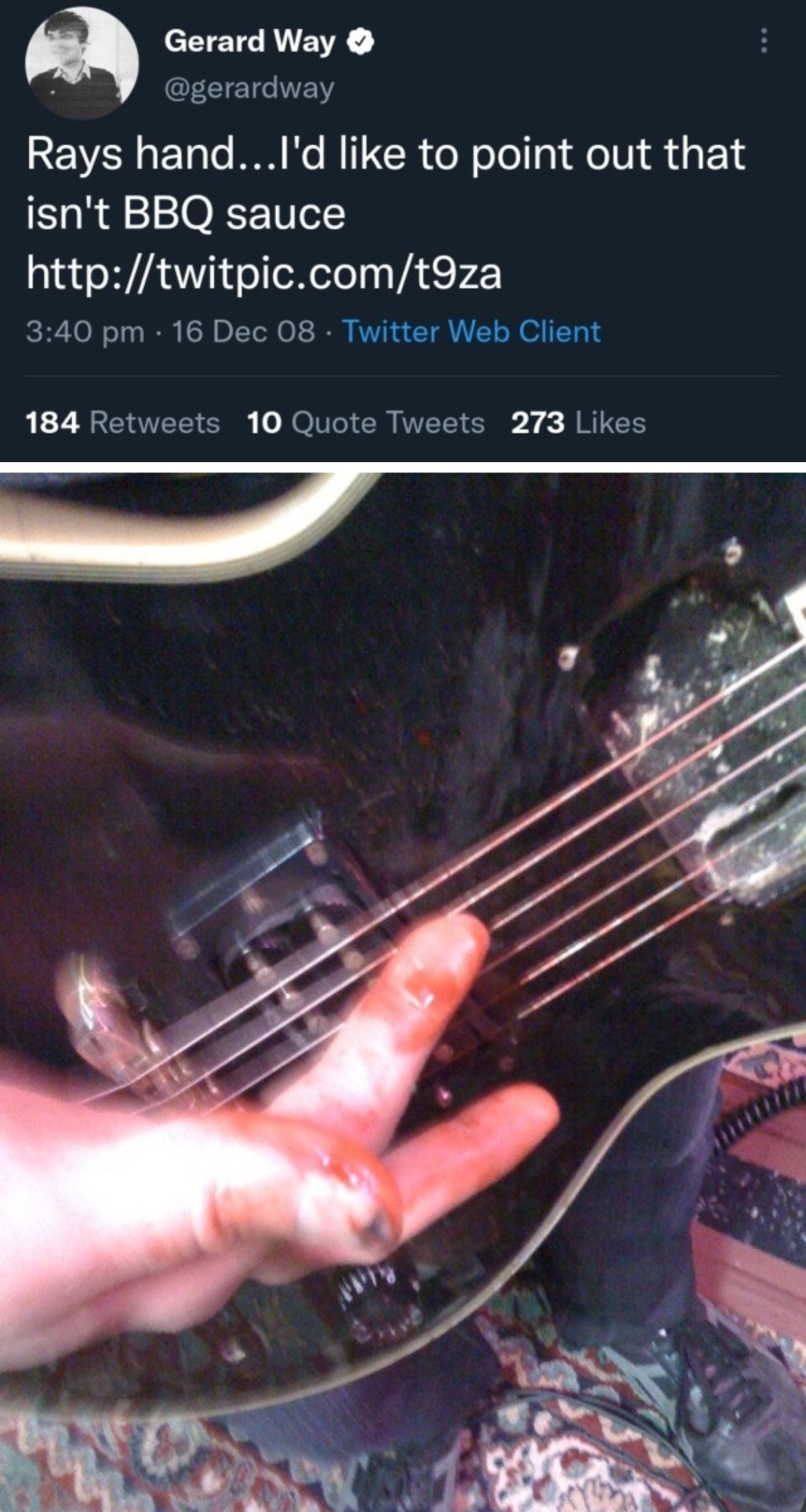
and then at some stage he got her fully worked over and she was kind of his main guitar of choice all through the danger days world tour!


this interview is probably the best individual source for when he's talked extensively abt her, saying she's his first and favourite guitar, telling the story abt his big brother giving her to him, and confirming that she's featured on every single my chem album ever :')
and then tonight in brooklyn is the first time i've actually seen her (that i've noticed) since the breakup 🥹. yes she still has the walmart smiley sticker.

#writing this while watching the mikeyway birthday special livestream was an extreme sport#ANYWAY SHE DESERVES THE PANSY TREATMENT AND MORE. JUST BECAUSE SHE IS HUMBLE AND NOT FLASHY 🙄#ray toro#session guitar#mcr history#**#answered
1K notes
·
View notes
Text
Disney: absolutely no gay!
Tom the executive producer of Loki to everyone: we're doing the gay. Idc because Loki and Mobius obviously have feelings for each other. I. FEEL. IT.
Tom to Owen:
Owen: say no more
Tom to Natalie: LOKIUS REAL
Natalie Holt: proceed to include Mobius as drum + guitar in the finale Loki theme. *Cue drums and guitar while "let time pass" echoes. Repeat mobius' melancholy melody and slowly build up to a darker Loki theme and also there's this new heroic tune that represents Loki's heart getting kintsuki by mobius' gold and their melody supports each others throughout the theme
#lokius#whats with all the hints if not gay?#theme is fire#name's not out yet but its totally Lokius 2.0?#I was rewatching and was like#MOBIUS IS GUITAR AND DRUM RIGHT???#that then support the lead loki theme and the repeated drum makes the whole thing grounded and more grand and#the more i listen to it the more i'm convinced that that's their love song#epic as#they are living for each other and i'm sure they're going to see each other like 2 sec after the curtain falls#you can also find mobius guitar in lokius fyi#remember how i talked about mobius theme? what if he's there all along#loki#loki s 2#loki s 2 finale#history is now
60 notes
·
View notes
Text


happy fuckin’ birthday, slash <3
#vintage#classic rock#60s 70s 80s 90s#music#history#retro#groupie#hollywood#guns n roses#slash#saul hudson#guitar#80s#1980s#eighties#metal#rock#rock n roll#rockstar#birthday#happy birthday#80s aesthetic#vintage aesthetic
994 notes
·
View notes
Text

"I was never particularly gregarious. I was quite shy, closed in. It's a classic isn't it..." - David Gilmour
81 notes
·
View notes
Text

A group sings together while camping in the Soviet Union.
USSR
1970
#vintage camping#campfire light#soviet union#ussr#history#camping#hiking#travel#road trips#music#guitars
130 notes
·
View notes
Note
Would love to hear any thoughts on the codification of the poet-persona over time? 👀
Ok so in the spirit of the ask game, I am not checking any citations on this whatsoever, but if you want those lmk (though they uh. largely do not exist for rímur-poets specifically, because only me and Hans Kuhn have ever cared).
This is going to require some context because, as established, the number of living people who know and care about medieval rímur can be counted on my two hands. Probably without thumbs. So, rímur are a poetic form that developed in 14th cen Iceland, which look kind of ballad-y, in that they often use four-line stanzas with ABAB end-rhyme, though actually the ballad tradition in Iceland is quite distinct (on which, see Vésteinn Ólason, The Ballads of Iceland). End-rhyme was very exciting for Icelandic poets because it was only previously a thing in some uncommon types of skaldic metres, but rímur (as their name suggests) have end-rhyme as a defining feature and rapidly become The dominant form of poetry in Iceland until well into the 19th cen.
There are two very distinctive things about rímur, other than their metres: 1) they almost never tell 'new' stories; almost all rímur narratives are attested earlier in other forms, usually in prose, which can sometimes lead to the fun cycle of saga -> rímur cycle -> old saga is lost, new version is written based on the rímur -> more rímur are written based on the new saga -> repeat until the heat death of the universe; 2) as the form develops, it acquires introductory stanzas known as mansöngvar, a term which elsewhere usually means 'love poetry', although that's not really what they're doing here.
Mansöngvar are verses, sometimes in a different metre to the rest of the canto they're attached to, in which the poet speaks directly to the audience. In the medieval period, they're pretty short and often don't say more than 'look, I made you some poetry', but as time goes on, they get more and more elaborate, and the character of the poet begins to develop some quite distinctive traits. What's interesting here is that rímur were (certainly in the medieval period; less certainly later on) performed aloud, presumably by the poet, so there's definitely some questions to be asked about how accurate the poets' self-descriptions are when presumably the audience could go 'you're not pining away for love, Jón Jónsson, I've met your wife!'
So anyway, these mansöngvar are often linked to the medieval German Minnesänger tradition (er. The actual German word might be slightly different because I still don't speak German despite my PhD supervisor's pointed remarks), which is more overtly love poetry and which sometimes features the poet as an abject and despised lover of some cruel lady. This is something rímur-poets from the later medieval period and onwards have an incredibly good time with. You may be familiar with the story of Þórr wrestling with Elli, the personification of old age in the form of an old woman. There are at least two medieval rímur poets who have a whole extended passage about 'oh alas, when I was young I was a terrible flirt but now I'm old and no women like me, except oh no, I am being courted by this ugly old giant lady; Elli is the only ladyfriend for me now, wah'. it's very playful, it's very fun, it's drawing on this general sense that the poets put forward that they're poetically gifted, but romantically unlucky, which is kind of a Thing for poets across a lot of European literature (and probably more broadly, but I don't know much about that), and is especially pronounced in the earlier Icelandic sagas about poets, which usually feature poets failing to win the love of their life for various reasons (sudden attack of Christianity; sudden attack of magic seals; sudden attack of Other Guy With Sword; etc). So in evoking this, rímur-poets are situating themselves in this existing Image of the Ideal Poet, but doing so in a way that ties them into the specifics of the Norse literary/mythological tradition as well. Poets are also frequently old and tired (same, bro), and a statistically improbably number of them are also blind (although that might just be two guys we know about who were really prolific; most rímur are anonymous so it's hard to say. But it is perhaps convenient that this also links them to A Great Poet of Old, namely Homer).
The other thing that rímur-poets really like to bring up in their mansöngvar is the myth of the mead of poetry, which I will not recount here except to say that Óðinn nicked it from a giant, and also that some dwarves used it to buy safe passage off a skerry once, so it's poetically termed 'ship of the dwarves' because it's the thing that brought them safely across the sea. Every single medieval mansöngur, if one exists at all, refers to this myth in some way, even if it's just by having the 'I made you some poetry' bit use a kenning for 'poetry' that references the myth.* And poets have a lot of fun with this too! Iceland's a coastal community, they know about boats, so you get these extended metaphors about poets trying to board a boat to sample the mead of poetry and finding only the dregs because other, better poets got there first. Or they will describe the process of poetic composition in terms of ship-building: 'Here I nail together Suðri's [a dwarf name] boat'; 'Norðri's ship sets out from the harbour [= I'm about to start reciting the main bit now]'; 'the fine vessel has now been wrecked on the rocks [=I'm going to stop reciting now]'. They'll also speak of poetry as smíð, which means a work of craftsmanship, usually physical craftsmanship (obviously cognate with smithing in English), and of brewing the ale of Óðinn, so they're really into metaphors of physical craft when it comes to the intellectual craft of poetry, which I think is really neat.
*kennings = poetic circumlocutions, e.g. 'snake of the belt' is a sword because swords are vaguely snake-shaped and hang from a belt. Common poetry kennings are '[drink/liquid/ale/wine/mead] of [any of Óðinn's literally dozens of names]' e.g. 'Berlingr's wine', and the aforementioned 'ship of the dwarves' - poetic Icelandic has literally dozens of words for different kinds of ships and also literally dozens of dwarf names, so you can get a long way without repeating yourself.
So all these things that I've mentioned that poets like to bring up - old age, unluckiness in love, poets as craftsmen - become more and more tropified as time goes on, which in turn leads to these imaginative and extended reworkings of the metaphor. No longer can you just say 'I'm old and no one fancies me', no, it's 'My only assignations now are with Elli, wink wink, here's a long description of our date'. So you end up with this very codified image of The Ideal Rímur-Poet as an old man,* ideally blind, ideally unmarried, incredibly self-deprecating about his poetry, and because that's how everyone else talks, it's self-reinforcing.
*there is one (1) known female rímur-poet from the medieval period, the poet of Landrés rímur, who unfortunately didn't write many mansöngur stanzas but is doing her best with the 'unlucky in love' bit, although her lover (male) seems to have died rather than ditched her, which is a novelty.
Anyway, it's cool and weird and fun and as I say, only me and Hans Kuhn care, academically speaking.
#lol 1260 words here. which is. maybe 10 minutes of actual speaking time but OH WELL#asks I have answered#if there are bits that I haven't explained well lmk. I have a warped idea of how much the average person knows about Norse literary history#because I *am* on my Stan Rogers Wife Guy kick at the moment please imagine Jón Jónsson holding a guitar#also. lol. I am extremely fucking doxxable every time I talk about rímur so if you do know my full legal name. keep that shit to yourself.#but also. go read my phd thesis. if you like the shit jokes in this post you'll love 70k of them concealed in academese
32 notes
·
View notes
Text

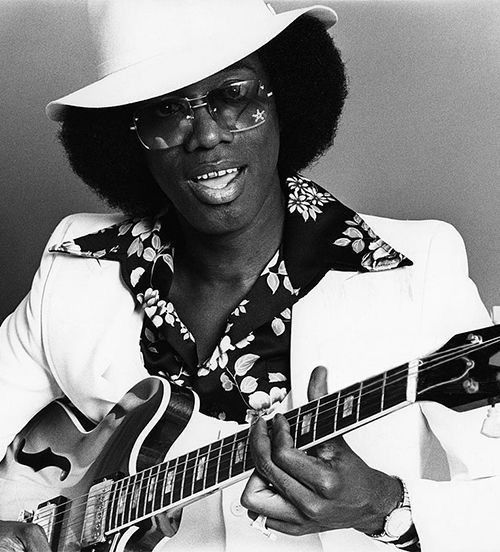
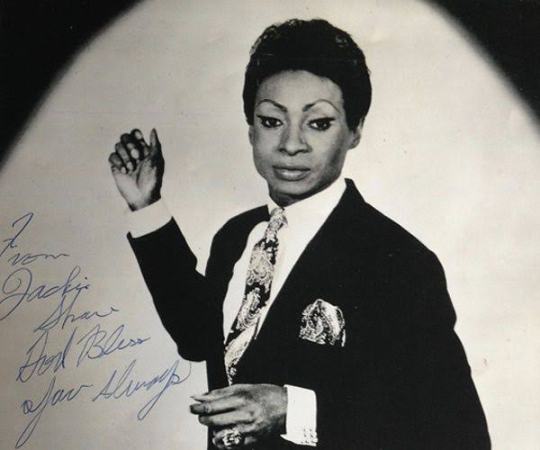
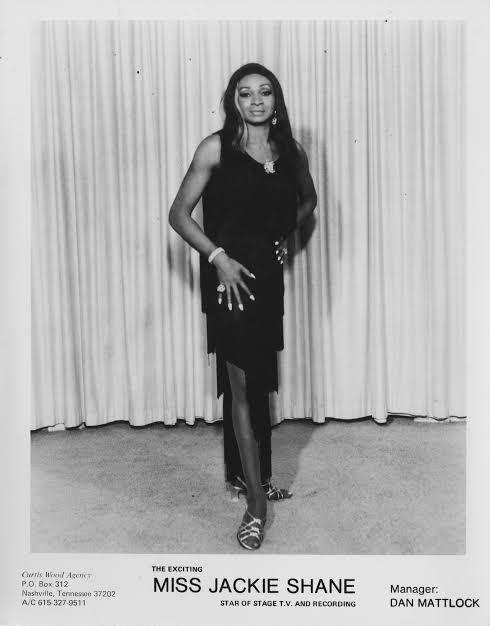
#johnny guitar#johnny watson#space guitar#jackie shane#singer#guitar#guitarist#blues#soul#funk#rhythm and blues#black history#black music#black pride#black power#black history month#lgbtqia
34 notes
·
View notes
Text

... sound of rebellion ...
Greeny is a 1959 Gibson Les Paul Standard, named after its first famous owner, Peter Green in 1964-65. He used it during his time in John Mayall and Fleetwood Mac before selling it to Gary Moore in the early 1970s. Moore used the guitar throughout his career, both as a solo artist and in bands. Due to financial troubles, he was forced to sell it in 2006, after which it passed through several private collectors and guitar dealers. In 2014, Greeny was acquired by Metallica guitarist Kirk Hammett, who has since used it both in the studio and during live performances.
youtube
Renembering Gary Moore who would be 72 today .... gone too soon
#gary moore#remembering#legend#legendary guitar player#guitar#greeny#gibson#gibson les paul#gibson les paul standard#guitar history#epic guitar#music#listen to music#listen out loud#separate ways#happy heavenly birthday#Youtube#sound of rebellion
20 notes
·
View notes
Text
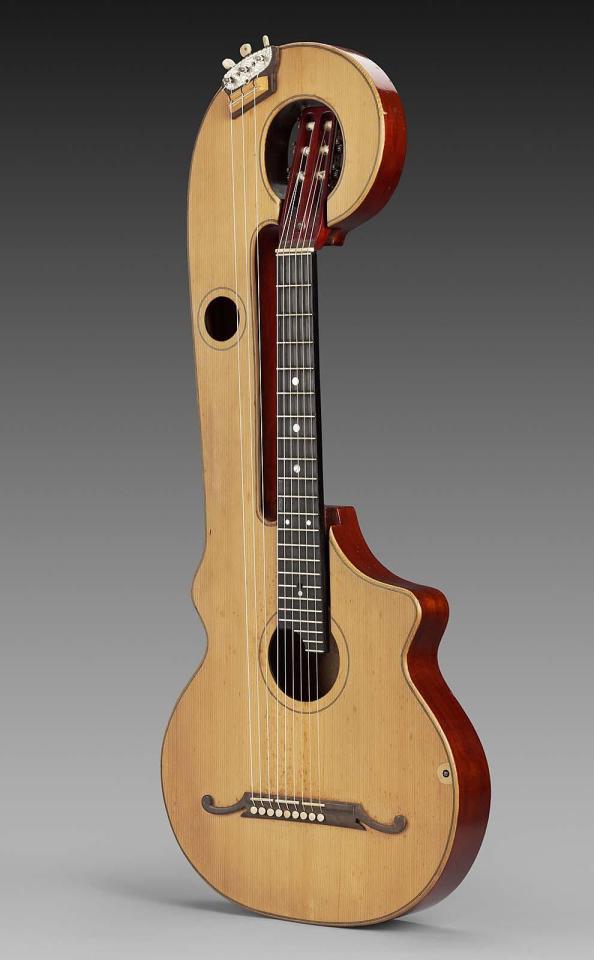
▪︎Guitar-lyre (chitarra-lyra ad un braccio).
Artist: Luigi Mozzani (Italian, 1869–1943)
Date: 1925
Place of origin: Cento, Italy
Medium: Mahogany, spruce, walnut, ebony, ivory, mother-of-pearl, silver, steel, nickel silver, sheep gut.
#1920's#music history#art history#history#music#musical instruments#guitar-lyre#cento#Italy#Luigi#Luigi Mozzani#1925
202 notes
·
View notes
Text
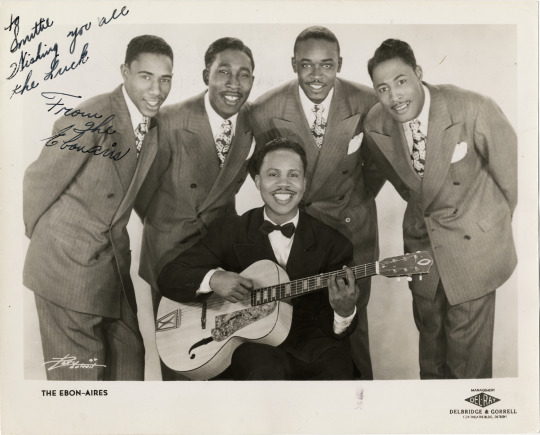
Portrait of the musical group, the Ebonairs. Musician in center of group poses with guitar. Autographed on front: "To Smithie, Wishing you all the luck, from the Ebonairs." Printed on front: "The Ebon-Aires [sic]. Management Del-Ray. Delbridge & Gorrell, Fox Theatre Bldg., Detroit. Pary of Detroit."
E. Azalia Hackley Collection of African Americans in the Performing Arts, Detroit Public Library
#ebonairs#detroit#music#vintage#detroit history#musicians#del-ray#pary#delbridge & gorrell#guitar#music history#autograph#detroit public library
34 notes
·
View notes
Text

Slash
#slash#slash gnr#gnr#guns n roses#warlock guitar#guitar#rockstar#rockstar aesthetic#80s#90s#rock#music#rock music#80s rock music#music history
50 notes
·
View notes
Text
Hobie teaches you guitar playing
One night when the two of you can't sleep you ask Hobie if he could play you some soft tunes. He comes up with the bright idea of teaching you how to play
Brings out one of his old guitars so you could lay on it
Starts with the basics like finger placements and how to set a pace for a melody
Mid-lesson you realize that you weren't listening to him and instead, you were staring at his fingers. He notices your distraction and stops, asking what you were looking at. You tried to give him an answer, but you ended up stuttering. He smiles and continues the lesson.
When you tried copying the movements he showed you, you somehow got cut from one of the strings that you made too tight. Hobie immediately put his guitar down and checked your wound even though you insisted you were fine. He put a band-aid on you
''I think that's enough practice for now '' he said taking the old guitar from your hands despite your protests wanting to continue.
Once you two finally got into bed Hobie picked up his guitar from the floor and started playing a sweet tune. It sounded like a romantic yet soft melody.
As Hobie continued to play you felt like you'd heard the tune before. It sounded like the song you like to listen to on walks. When you questioned Hobie about this he just gave you a weird look and continued playing ignoring your question.
#marvel#x reader#miles morales#miguel x you#miles morales earth 45#atsv#atsv miguel#fanfic#miguel o'hara#leap of faith#hobbie brown#hobie x reader#hobie ray brown#hot as fuck#history#guitar#band#rock
73 notes
·
View notes